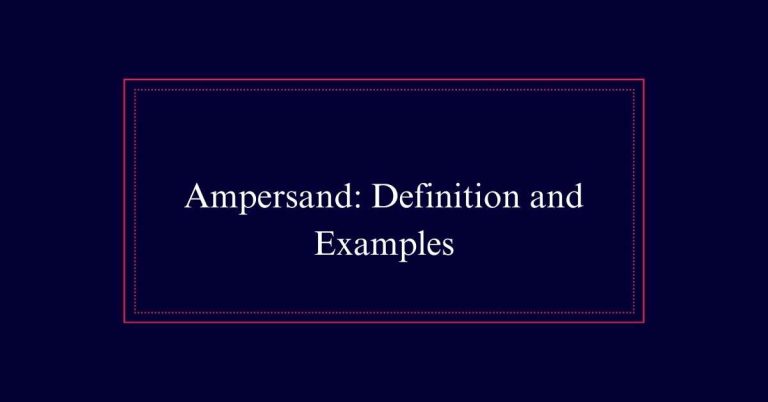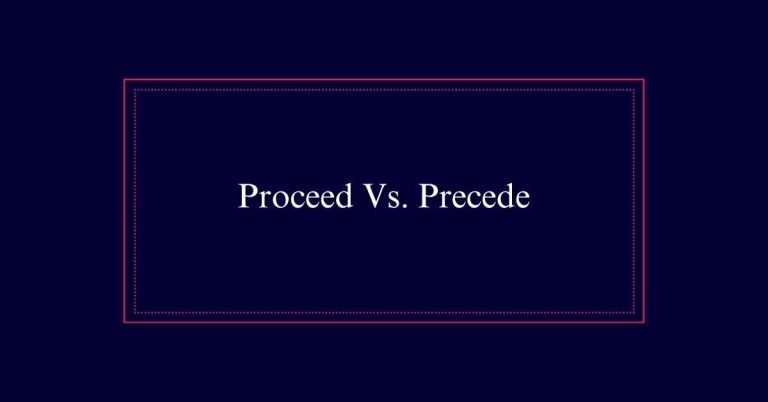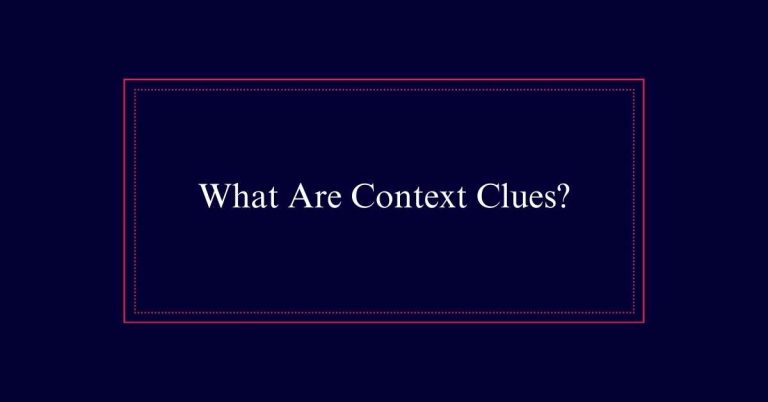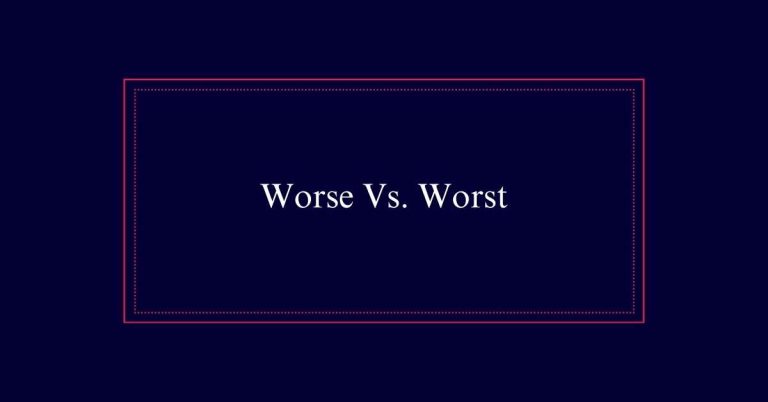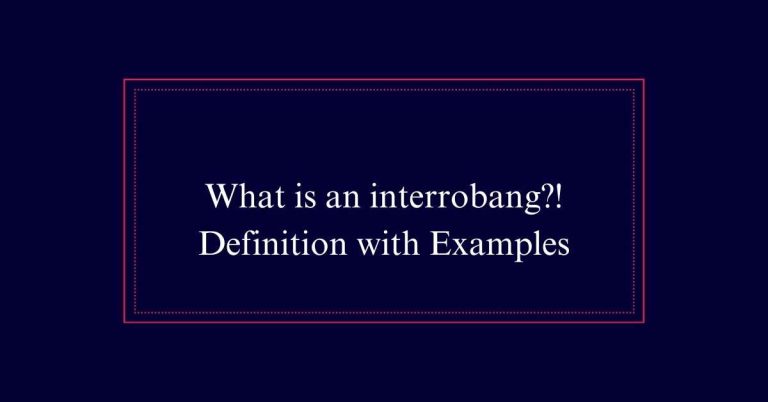What Is Morphology in Writing?
Morphology in writing is the study of the structure and formation of words, focusing on the smallest units of meaning called morphemes. These morphemes include roots, prefixes, and suffixes that combine to form complex words. Free morphemes can stand alone, like ‘book’ or ‘happy,’ while bound morphemes, like ‘un-‘ or ‘-s,’ modify free morphemes.
Understanding Morphology
Morphology is the study of the structure and formation of words. It focuses on how words are built from smaller units called morphemes. These morphemes are the smallest meaningful parts of a language.
By analyzing how morphemes combine, we can understand the creation and modification of words. Morphology plays an essential role in expanding vocabulary and enhancing communication. It also helps in dissecting complex words into simpler components, making them easier to understand. This process is important for clear and effective language use.
Basics of Morphemes
In understanding morphology, it is important to grasp the basics of morphemes, the building blocks of words. Morphemes are the smallest units of meaning in a language. They include roots, prefixes, and suffixes. Each morpheme contributes to the overall meaning of the word.
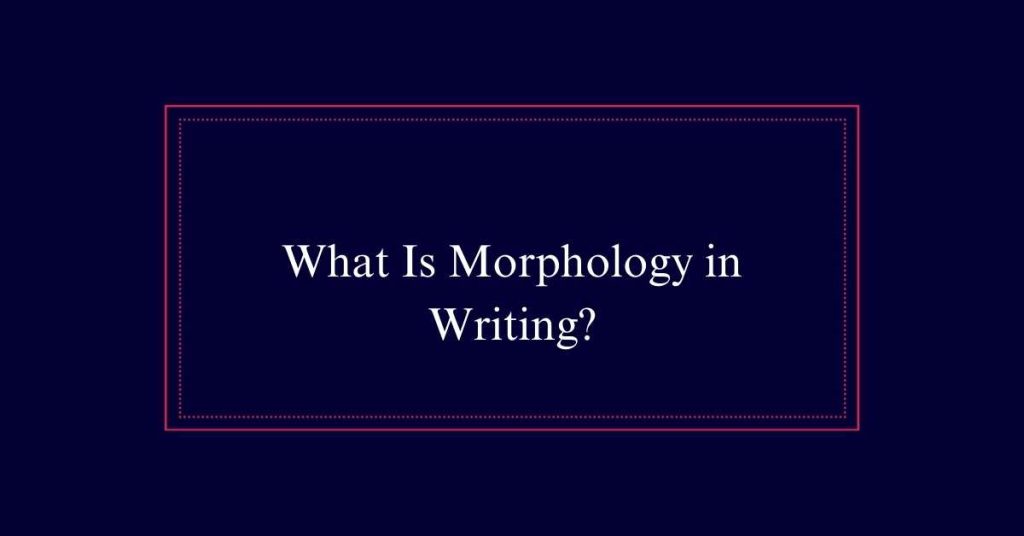
For example, in the word ‘unhappiness,’ ‘un-‘ is a prefix, ‘happy’ is the root, and ‘-ness’ is a suffix. Recognizing morphemes helps in comprehending and forming words.
Free Vs. Bound Morphemes
There are two primary types of morphemes: free morphemes and bound morphemes. Free morphemes can stand alone as independent words. Examples include ‘book,’ ‘run,’ and ‘happy.’ These morphemes convey meaning by themselves.
Bound morphemes, on the other hand, cannot function independently. They must attach to free morphemes to provide meaning. Examples include prefixes like ‘un-‘ in ‘unhappy’ and suffixes like ‘-s’ in ‘books.’ Bound morphemes modify or refine the meanings of free morphemes.
Understanding the distinction between these two types is essential for linguistic analysis. It helps in identifying how words are formed and how their meanings are altered through morphological processes.
Morphemes Vs. Syllables
While free and bound morphemes focus on meaning, syllables are primarily concerned with sound and pronunciation. This distinction is vital for understanding the structure of language.
Morphemes are the smallest units of meaning, whereas syllables are units of sound.
Here are three key differences:
- Meaning vs. Sound: Morphemes carry meaning; syllables do not. For example, ‘unhappiness’ has three morphemes (un-, happy, -ness) but four syllables.
- Independent Functionality: Free morphemes can stand alone as words, while syllables cannot. ‘Happy’ is a word and a free morpheme, but ‘hap’ is just a syllable.
- Complexity: Morphemes can be more complex, involving prefixes, roots, and suffixes. Syllables are simpler, focusing on vowel and consonant sounds.
Morphology and Word Formation
Morphology plays a significant role in the process of word formation by combining morphemes to create new words. This involves the use of free and bound morphemes. Free morphemes can stand alone, while bound morphemes must attach to other morphemes. The interaction between these morphemes forms complex words and enriches the language.
| Type of Morpheme | Example |
|---|---|
| Free Morphemes | “book”, “run” |
| Bound Morphemes | “-s”, “un-“ |
| Inflectional | “dogs”, “running” |
| Derivational | “happiness”, “undo” |
Sentence Structure Impact
The structure of a sentence is profoundly influenced by the morphology of the words within it. Morphological elements determine how words fit together to convey clear meaning. This impacts sentence fluidity and coherence.
Morphology shapes sentence construction in several ways:
- Agreement: Morphemes guarantee subject-verb agreement, maintaining grammatical accuracy.
- Tense and Aspect: Inflectional morphemes indicate tense, affecting the temporal flow of sentences.
- Sentence Complexity: Derivational morphemes create complex words, which can lead to more intricate sentence structures.
Vocabulary Expansion
Understanding how morphology affects sentence structure also enlightens its role in expanding vocabulary. By analyzing morphemes, writers can discover how words are formed and modified. This aids in learning new words and understanding their meanings.
For example, knowing that the prefix ‘un-‘ means ‘not’ can help decipher words like ‘unhappy’ or ‘uncertain.’ Similarly, recognizing suffixes like ‘-ness’ or ‘-able’ reveals how adjectives transform into nouns or verbs into adjectives.
Morphology serves as a tool for vocabulary expansion, enabling writers to create and comprehend a broader range of expressions.
Word Relationships
Each word is part of a network, connected through shared morphemes and meanings. This intricate web of relationships enhances our understanding of language and vocabulary.
By examining these connections, we can identify patterns and predict meanings. For instance, recognizing the morpheme ‘bio’ (life) in different contexts helps us understand related terms like ‘biology’ (study of life).
Here are three key points about word relationships:
- Root Words: The base form of a word, carrying the core meaning.
- Affixes: Prefixes and suffixes that modify the meaning of root words.
- Compound Words: Words formed by combining two or more roots, creating new meanings.
Inflection and Derivation
Inflection and derivation are two key processes in morphological analysis.
Inflection involves modifying a word to express different grammatical categories such as tense, case, mood, or number.
Derivation, on the other hand, creates new words by adding prefixes or suffixes, changing the word’s meaning and possibly its grammatical category.
Key differences between inflection and derivation include:
- Function: Inflection modifies a word’s form without changing its class, while derivation often changes the word’s category.
- Meaning: Inflectional changes are grammatical, whereas derivational changes are more semantic.
- Productivity: Derivation tends to be more productive, generating a wider range of new words.


